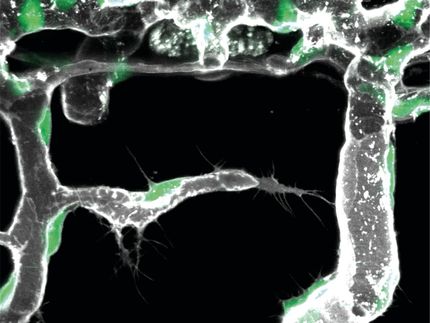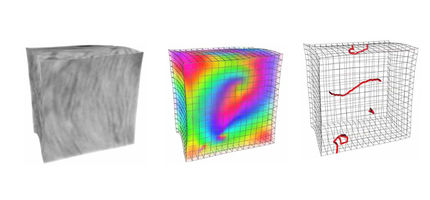Vulnerable plaque may be easier to detect through new imaging technology
Research results indicate that optical coherence tomography (OCT), a newly evolving imaging method, may be the best tool available to detect vulnerable plaque in coronary arteries. The findings will be presented at the 20th annual Transcatheter Cardiovascular Therapeutics (TCT) scientific symposium, sponsored by the Cardiovascular Research Foundation (CRF).
Vulnerable plaque (VP) has been identified as a possible cause of sudden cardiac death, most of which occurs in patients with no history of heart disease. Vulnerable plaque is different from the fibrotic, calcified plaque that grows gradually until a lesion completely occludes an artery. VP is susceptible to sudden rupture, swiftly forming a clot that blocks the flow of blood through a coronary artery, causing a heart attack.
VP consists of an underlying lipid-rich core covered by a thin fibrous cap. This tissue composition has been very difficult to visualize – a crucial first step to diagnosing and treating the condition.
Now, a team of researchers at Ajou University School of Medicine in Suwon, Korea, are reporting that OCT provides superior contrast and resolution in imaging the components of plaque in coronary arteries versus other methods including intravascular ultrasound (IVUS) and virtual histology (VH-IVUS). Their findings are summarized in the abstract titled "Comparison of Intravascular Modalities for Detecting Vulnerable Plaque: Conventional Ultrasound vs. Virtual Histology vs. Optical Coherence Tomography."
Lead investigator So-Yeon Choi, M.D., Ph.D. said, "OCT may answer longstanding questions about the relationship between vulnerable plaque and the risk of heart attack."
To assess the ability of each imaging modality to detect the specific characteristics of vulnerable plaque, investigators performed IVUS, VH-IVUS and OCT in 48 patients who were categorized as having stable angina pectoris (15) or acute coronary syndromes (33). OCT easily detected vulnerable plaque, with two observers analyzing the images independently.
Dr. Choi noted that, "OCT detected most of the major and minor characteristics of vulnerable plaque, including the thin cap with large lipid core, and it has the ability to detect thrombus and fissured plaque at a level that is four to five times better than that of other modalities. Because of OCT's high resolution capabilities, which is almost 10 times greater than with IVUS and related modalities, it can assess this tissue more accurately than other imaging methods."
As a result, researchers said OCT may provide a better understanding of the natural progression of coronary artery disease. For example, stenosis or erosion of endothelial cells with plaque could be detected even in patients with stable angina.
Most read news
Topics
Organizations

Get the analytics and lab tech industry in your inbox
By submitting this form you agree that LUMITOS AG will send you the newsletter(s) selected above by email. Your data will not be passed on to third parties. Your data will be stored and processed in accordance with our data protection regulations. LUMITOS may contact you by email for the purpose of advertising or market and opinion surveys. You can revoke your consent at any time without giving reasons to LUMITOS AG, Ernst-Augustin-Str. 2, 12489 Berlin, Germany or by e-mail at revoke@lumitos.com with effect for the future. In addition, each email contains a link to unsubscribe from the corresponding newsletter.



























































